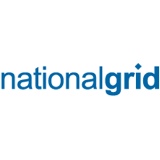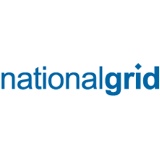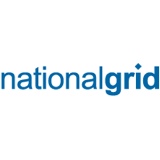Information
-
Document No.
-
Audit Title
-
Client / Site
-
Conducted on
-
Prepared by
-
Location
-
Personnel
Audit Information
-
Transmission Services Gas
UK MDG Transmission Services Gas
Project Health and Safety Inspection Checklist -
To be completed by Project Supervisor or Nominated person weekly from the start of construction work on site. Completed forms are to be kept readily available (preferably on site) for the duration of construction works, after which time shall form part of the CDM Health & Safety file.
-
Contract No:
-
Project Title:
-
Week No.
-
Date
Environmental Protection Inspection - Pollution
-
Any H&S actions identified shall be entered onto Audit/Inspection Action Log and brought to the urgent attention of the appropriate personnel as soon as possible. Contractor/Project Manager to be notified of actions required/taken.
-
S = Satisfactory, U = Unsatisfactory, O = Observation, NA = Not Applicable
-
What activities are underway? <br><br>What was inspected?
-
Has a log of minor spills been recorded and passed through to the NG reporting system as hazards removed? <br>NB spills left unattended or not immediately cleaned up become an environmental incident.
-
Have appropriate COSHH assessments been carried out for all substances which are held on site and noted on the COSHH Register?
-
Are hazardous substances securely stored and bunded?
-
Has existing drainage been identified on site (field drains/surface water drains/ foul drains etc)? Is any drainage exposed to pick up silty water run off? Are any drain covers in place effective? Check outfalls.
-
Do Contractor’s Method Statements and Risk Assessments consider significant environmental aspects/impacts as identified in the PEMP/Environmental Aspects Register?
-
Are appropriate measures being implemented for pollution control? (drip trays, fuel storage, refuelling, other chemical storage, mud on roads, dust generation etc) Are suitable filtration and/or settlement processes in place?
-
Working near a watercourse - Are the conditions of any permits being adhered to?
-
Are any water abstraction/discharge operations in progress including pumping? What monitoring is being undertaken? Are appropriate licences/ permits in place?
-
Are documented and approved procedures available for refuelling etc?
-
Are procedures for re-fuelling of plant/vehicles/compressors being followed?
-
Is the storage of fuels and oils at the site in accordance with the Control of Pollution (Oil Storage Regs) 2001.
-
Are bunds fully sealed to prevent leakage, what checks are done to verify this (check valve/drain and earth points)?
-
Are bunds at least 110% of the tank capacity or 25% of total volume if multiple containers (whichever is the greater)?
-
Are drip trays being used (where no integral bund is present) on level ground under operating compressors, pumps, motors, any broken plant and during re-fuelling?
-
How are bunds and drip trays emptied and cleaned (after rainfall)?
-
Is there any evidence of ground contamination caused by construction activity or re-fuelling?
-
Is pollution control equipment held on site adequate to deal with the potential risks posed by construction activities?
-
Is pollution control equipment and materials easily accessible by relevant personnel (check spill kit contents)?
-
Have vehicles, plant, hoses and machinery been checked and maintained to eliminate spillages and emissions?
-
Are maintenance records, schedules and MOT certificates available, valid and current?
-
Has contaminated land been identified on site? Are works in accordance with NGUK/PM/SHE216?
Signature
-
Auditor's Signature
-
Project Manager's Signature
-
Date








